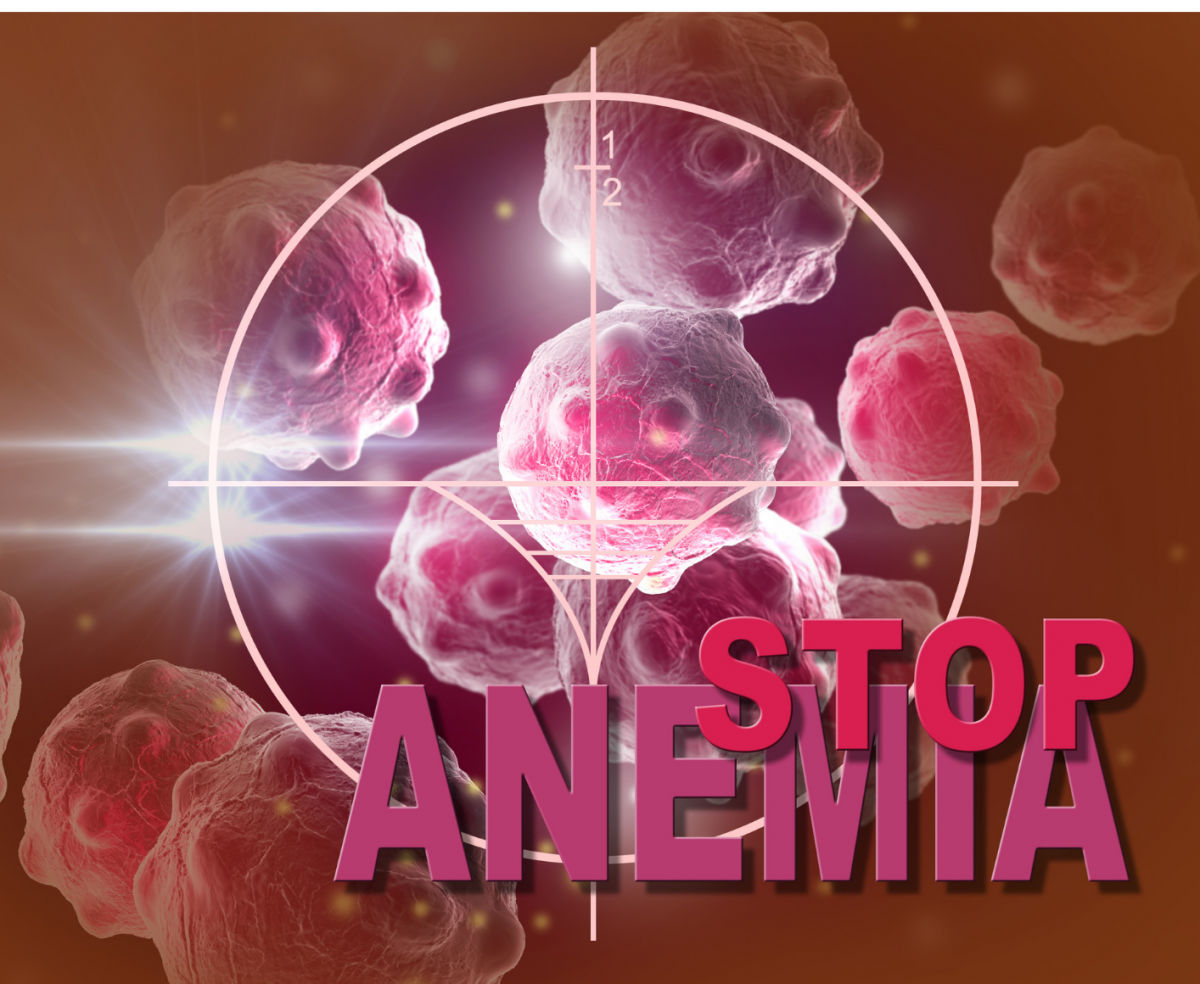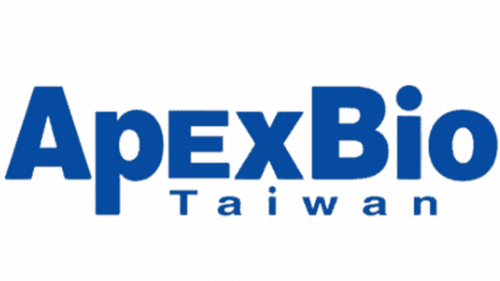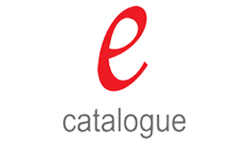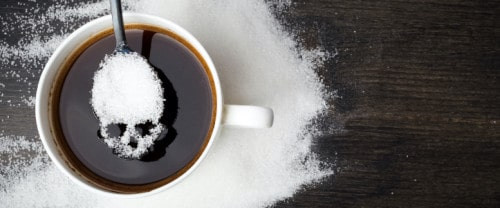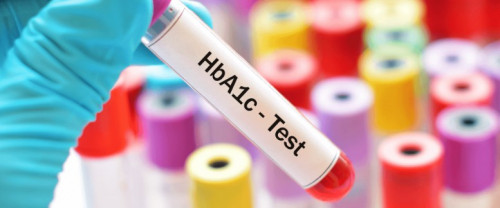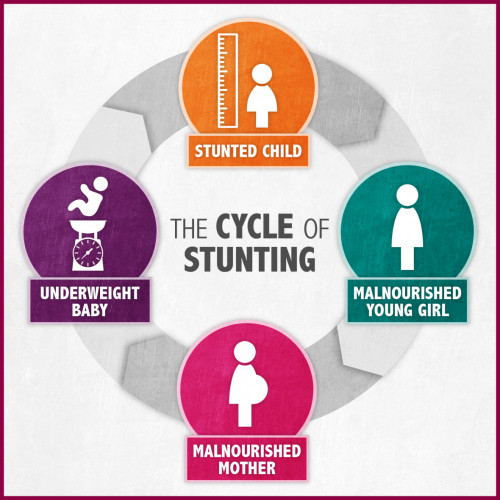Anemia is a serious global public health problem that particularly affects young children and pregnant women. WHO estimates that 42% of children less than 5 years of age and 40% of pregnant women worldwide are anemic.
Anemia is a condition in which the number of red blood cells or the hemoglobin concentration within them is lower than normal. Hemoglobin is needed to carry oxygen and if you have too few or abnormal red blood cells or not enough hemoglobin, there will be a decreased capacity of the blood to carry oxygen to the body’s tissues. This results in symptoms such as fatigue, weakness, dizziness, and shortness of breath, among others. The optimal hemoglobin concentration needed to meet physiologic needs varies by age, sex, the elevation of residence, smoking habits, and pregnancy status. The most common causes of anemia include nutritional deficiencies, particularly iron deficiency, though deficiencies in folate, vitamins B12 and A are also important causes; hemoglobinopathies; and infectious diseases, such as malaria, tuberculosis, HIV, and parasitic infections. One-third of anemic women, it is estimated that one-third of all women of reproductive age are anemic. below contains related data Prevalence of anemia in women of reproductive age (aged 15-49) (%)
Causes and types
The three main causes of anemia are:
- Blood loss
Iron-deficiency anemia is the most common Trusted Source type of anemia, and blood loss is often the cause. A shortage of iron in the blood leads to this form of the condition, and low iron levels frequently occur as a result of blood loss.
- Decreased or impaired RBCs
Other types of anemia that occur due to decreased or impaired RBCs include:
- Sickle cell anemia. This causes RBCs to be shaped like crescents. They may break down more quickly than healthy RBCs or become lodged in small blood vessels. This blockage can reduce oxygen levels and cause pain further down in the bloodstream.
2. Iron-deficiency anemia. This involves the body producing too few RBCs due to a lack of iron in the body. Iron-deficiency anemia may develop as a result of:
-
- a diet low in iron
- Menstruation
- Endurance training
- Certain digestive conditions, such as Crohn’s disease
- etc
Treatment
There is a range of treatments trusted sources for anemia. Each aims to increase the number of RBCs, which, in turn, increases the amount of oxygen in the blood. Below, we outline treatments for several types of anemia:
- Iron-deficiency anemia: Iron supplements and dietary changes can help, and, when relevant, a doctor will identify and address the cause of excessive bleeding.
- Vitamin deficiency anemia: Treatments can include dietary supplements and vitamin B-12 shots.
- Thalassemia: TreatmentsTrusted sources include folic acid supplements, iron chelation, and, for some people, blood transfusions and bone marrow transplants.
- Anemia due to chronic disease: The doctor will focus on resolving the underlying condition.
- Aplastic anemia: Treatment involves blood transfusions or bone marrow transplants.
- Sickle cell anemia: Treatment typically involves oxygen therapy, pain relief medication, and intravenous fluids, but it can also include antibiotics, folic acid supplements, blood transfusions, and a cancer drug called hydroxyureaTrusted Source.
- Hemolytic anemia: The treatment plan may include immunosuppressant drugs, treatments for infections, and plasmapheresis, which filters the blood.
Diagnosis
There are various ways to diagnose anemia, but the most common way involves a blood test called a complete blood count (CBC). This measures a number of components, including:
- Hematocrit levels, which involve comparing the volume of RBCs with the total volume of blood
- Hemoglobin levels
- an RBC count
For the measurement of hemoglobin and hematocrit currently, there is a POCT(Point Of Care Test) device that can be used practically. PT Isotekindo Intertama provides a POCT (Point Of Care Test) for checking Hemoglobin levels in the blood which is practical and convenient to use because it only requires a small sample (1µL). This is the first biosensor technology for screening hemoglobin In Indonesia, using HemoSmart GOLD Hemoglobin Screening Meter.
The features and other benefits are:
- HemoSmart GOLD Hemoglobin Screening Meter requires only 1μL of blood.
- The measuring range is wide, 4.0-24.0 g/dL will make the HemoSmart GOLD Hemoglobin Screening Meter very easy to monitor hemoglobin in both low and high conditions.
- HemoSmart GOLD Hemoglobin Screening Meter only needs 5 seconds and can read hemoglobin in the blood in a very short time making it more efficient.
- With a very small sample size and using whole blood cells, the HemoSmart GOLD Hemoglobin Screening Meter can show an accurate profile of hemoglobin in the blood.
With HemoSmart GOLD Hemoglobin Screening Meter, let's make hemoglobin screening more efficient.
References:
- Insert Pack HemoSmart GOLD Hemoglobin Screening Meter
- Miller, J. L. (2013). Iron deficiency anemia: A common and curable disease
- WHO.(2022). Anemia
- WHO.(2022). Prevalence of anemia in women of reproductive age (aged 15-49)
